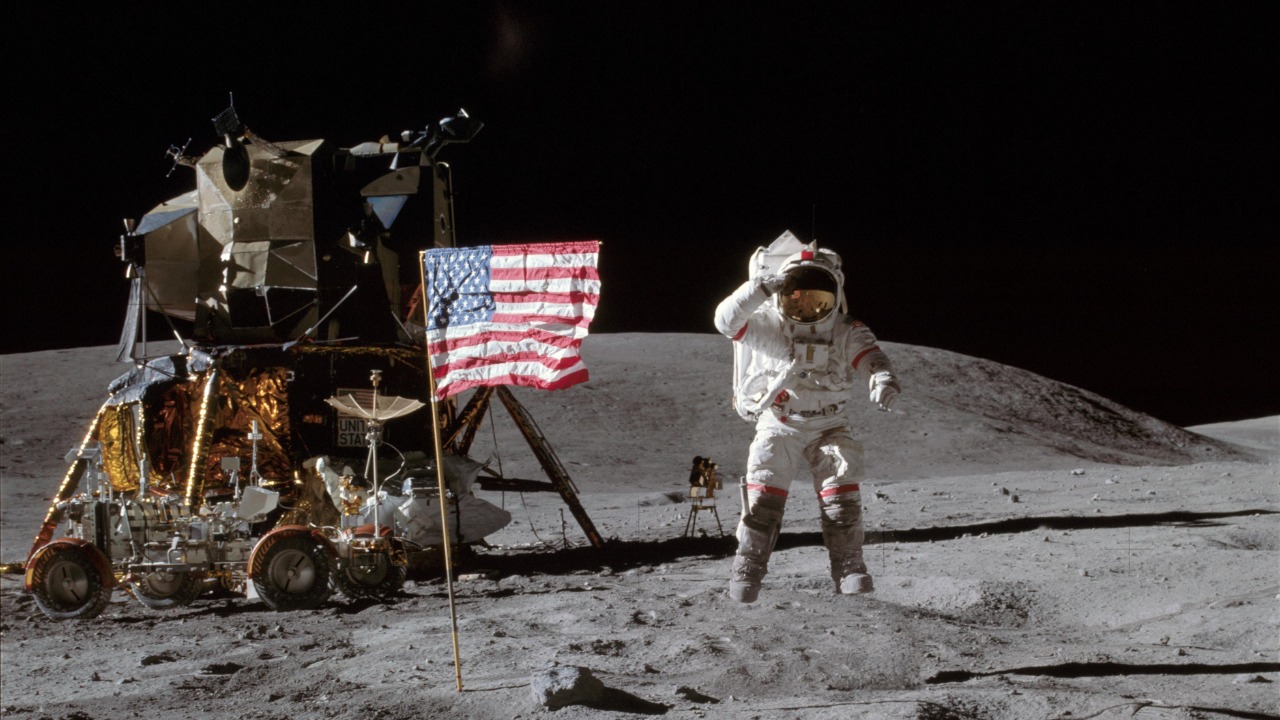
In a groundbreaking development for lunar science, scientists have discovered extraterrestrial relics in samples retrieved from the moon’s far side by China’s Chang’e-6 mission. This marks the first time materials have been collected from this enigmatic region, potentially unlocking secrets about Earth’s ancient history. These findings build on earlier explorations, including a 2019 detection of a strange substance by China’s lunar rover, and align with theories that the moon was once a vast ocean of molten rock.
The Chang’e-6 Mission and Sample Retrieval
The Chang’e-6 mission, launched by China, has achieved a historic milestone by returning samples from the moon’s far side on June 25, 2024. This mission provided the first direct materials from this region for scientific analysis, offering a new perspective on lunar evolution. The mission’s rover operations have been pivotal in shedding light on the moon’s far side, revealing its unique geological history. According to recent reports, these samples are crucial for understanding the moon’s formation and its subsequent evolution.
The Chang’e-6 mission’s success is not just a technical achievement but a significant scientific breakthrough. The samples collected are expected to provide insights into the moon’s far side, which has remained largely unexplored until now. This mission builds on the legacy of previous lunar explorations, offering a more comprehensive understanding of the moon’s geological features and their implications for Earth’s history.
Discovery of Extraterrestrial Relics
The discovery of extraterrestrial relics in the samples from the moon’s far side represents a groundbreaking revelation in lunar science. Announced on October 23, 2025, these relics emerged from the analysis of materials collected by the Chang’e-6 probe. The findings highlight unusual compositions not previously observed in near-side samples, suggesting a distinct geological history for the moon’s far side. This discovery, as reported by the Daily Mail, could redefine our understanding of lunar and planetary science.
The implications of these relics are profound, as they may hold clues to the early solar system’s events and the processes that shaped the moon and Earth. The unique compositions found in these samples challenge existing theories about the moon’s formation and suggest that the far side may have experienced different geological processes than the near side.
Earlier Anomalies on the Far Side
In 2019, China’s lunar rover detected something unusual on the moon’s far side, providing an initial clue that preceded the recent relic discoveries. This finding involved a strange substance that prompted further investigation into the far side’s unique geological features. The Space.com report highlights how this anomaly sparked curiosity and laid the groundwork for subsequent missions like Chang’e-6.
The detection of this strange substance underscored the need for more detailed exploration of the moon’s far side. It suggested that this region might harbor unknown materials or geological formations, distinct from those found on the near side. This early anomaly has now been contextualized by the recent discovery of extraterrestrial relics, reinforcing the notion that the far side holds untapped scientific potential.
Implications for Lunar and Earth History
The samples from the moon’s far side may contain secrets to Earth’s deep past, linking lunar materials to early solar system events. As explored in analyses from June 25, 2024, these samples could provide insights into the processes that shaped both the moon and Earth. The Live Science article emphasizes the potential of these samples to reveal new information about Earth’s formative years.
Scientists have proposed that the moon was once a giant ocean of molten rock, a theory that contextualizes the relics’ origins and their potential ties to Earth’s evolution. This hypothesis, detailed in a ZME Science report, suggests that the moon’s early state could have influenced its current geological features and the relics found within its samples. Understanding this molten rock ocean theory could provide valuable insights into the moon’s history and its relationship with Earth.
The implications of these discoveries extend beyond lunar science, offering a new perspective on planetary formation and evolution. By studying the moon’s far side, scientists can gain a deeper understanding of the processes that shaped our solar system, potentially unlocking secrets about Earth’s own geological past. These findings underscore the importance of continued exploration and analysis of the moon’s far side, as it holds the key to unraveling the mysteries of our cosmic neighborhood.
More from MorningOverview